It was a mere formality that Fumio Kishida was named the 101st Prime Minister of Japan following voting at plenary sessions of both houses of the Diet on 10 November. Earlier, Kishida was elected the 100th Prime Minister of Japan following the ruling Liberal Democratic Party’s presidential election on 29 September. He soon dissolved the house and called for elections to the Lower House on 31 October in which the LDP and its junior coalition partner Komeito won the majority of seats, thereby heralding Kishida’s second stint at the helm.
Before analysing his likely stance on nuclear issue, it may be in order to mention briefly Kishida’s political background so that the future course of his government can be understood in perspective. Kishida is a political veteran having been in Japanese politics for close to three decades. Elected for the first time to the House of Representatives in 1993 from Hiroshima No.1 constituency, the current term is his 10th. This was also the first time in 30 years a politician from Hiroshima Prefecture constituency assumed the office of Prime Minister. He served as Foreign Minister from 2012 to 2017 under the Cabinet of then Prime Minister Shinzo Abe and briefly held both the foreign and defence portfolios in 2017. Within the LDP, Kishida chaired the Policy Research Council and the Diet Affairs Committee, among other roles.
By voting the LDP back to power, the voters chose stability over change. With a stable mandate now, Kishida shall have a free hand to fulfil his campaign promises. The key focus areas would be Covid-19 control measures, economic revitalisation and strengthening Japan’s defence capability. With these in mind, Kishida made some key changes in the Cabinet. Former Education Minister Yoshimasa Hayashi, 60, a key policy expert from Kishida’s party faction, will be the new Foreign Minister. Hayashi was elected to the Upper House five times in a row since 1995 from his constituency of Yamaguchi Prefecture. For the 31 October election, he switched to the lower chamber to run from the Yamaguchi No.3 electoral district, from where he was elected. As No.2 figure in a faction headed by Kishida, Hayashi unsuccessfully ran as president of the LDP in 2012.
Hayashi has an impressive background. Coming from a political family, he has experience both in business and dealing with other countries. After graduating from the elite University of Tokyo, he joined Mitsui & Co., one of Japan’s largest trading companies. He studied at Harvard University’s Kennedy School and worked on behalf of members of the US Congress. After his return to Japan, he served as an aide to his father, Yoshiro Hayashi, a former finance minister. With such credentials, Kishida’s choice of Hayashi to handle Japan’s foreign policy is a masterstroke.
The former Foreign Minister Toshimitsu Motegi will shift to the governing party’s No.2 post by replacing party heavyweight Akira Amari, who resigned from the post over his unimpressive election outcome due to his past bribery scandal.[1]
Though Kishida has talked about “new capitalism” by which he aims to redistribute income among the lower strata of the society with a view to bridge income inequality and also articulated several foreign policy postures, including increasing defence expenditure, this commentary does not dwell on these issues. These are kept for analysis separately. This commentary shall focus mainly on Kishida’s nuclear policy, where one notices a clear departure from what he had articulated earlier.
A passing reference related to his likely China policy without going into the details is his choice of appointing Gen. Nakatani, a former Defence Minister, to a new post of Special Advisor to the Prime Minister on human rights to deal with abuses in China. Nakatani, 64, has been elected to the Lower House 11 times and currently represent the Kochi No.1 district in Kochi Prefecture. This move assumes significance as the international community is concerned about human rights abuses in China and Kishida has shown willingness to take the lead in addressing this, especially human rights violations in China’s Xinjiang Uighur Autonomous Region and Hong Kong. Nakatani shall now co-chair the Nonpartisan Parliamentary Association for Reconsidering Human Rights Diplomacy. The association was established in April 2021 to enact a Japanese version of the Magnitsky Act, [2] which allows Japan to slap sanctions on parties it deems guilty of human rights abuses overseas.[3] Though a detailed discussion remains outside the focus of this commentary, it would suffice to mention that this would add another irritant to the troubled relations between Japan and China as the latter would not take kindly on Japan’s latest move as it would perceive as interference in its internal affairs.
The influential Asahi Shimbun observed in an editorial on 11 November that Kishida’s decision to make the universal value of human rights the central guiding principle of his foreign policy is a meaningful move. The editorial however cautioned that Natakani’s role should not be limited to criticising China’s human rights abuses.[4]
Notwithstanding the above narratives, the core of this commentary is Kishida’s nuclear disarmament vision that he must explain on which there are many ambiguities. In a policy speech shortly after assuming office, Kishida had announced that disarmament would be his life’s work and that he would strive to see a world free of nuclear weapons. Here, like his counterpart in South Korea, one can see some self-contradiction as analysts see lack of seriousness in Kishida’s statement.
Analysts and nuclear issue watchers are critical of Kishida’s attitude and behaviour toward the UN Treaty on the Prohibition of Nuclear Weapons (TPNW). This treaty went into effect in January 2021 but Japan that continues to rely on the US nuclear umbrella decided not to become a party to it.[5]
What is this TPNW?
The TPNW, or the Nuclear Weapon Ban Treaty, is the first legally binding international agreement to comprehensively prohibit nuclear weapons with the ultimate goal being their total elimination. In 2017, the UN General Assembly passed resolution 71/258 to negotiate a legally binding instrument to prohibit nuclear weapons, leading towards their total elimination. The TPNW includes a comprehensive set of prohibitions on participating in any nuclear weapon activities. These include undertakings not to develop, test, produce, acquire, possess, stockpile, use or threaten to use nuclear weapons.
The TPNW was adopted by the Conference (by a vote of 122 States in favour, with one vote against and one abstention) at the United Nations on 7 July 2017, and opened for signature by the Secretary-General of the United Nations on 20 September 2017. After ratification or accession of the Treaty on 24 October 2020, it entered into force on 22 January. [6] It marks a major milestone in nuclear disarmament and nuclear abolition. [7]
By deciding to stay away from the treaty, Japan being the only country to have experienced wartime atomic bombings, is sending a wrong message to the world about its stance on nuclear issue. The countries that have endorsed the treaty would have expected Japan to take the lead to keep momentum toward the abolition of nuclear weapons. In March 2022, the first meeting of state parties to the Treaty, countries not signatory will be allowed to participate as observers.
However, Kishida’s position remains ambiguous. He argues that a treaty without participation from nuclear powers is ineffective. Kishida seems to be influenced by the opposition in the US which is opposed to the treaty. Hailing from Hiroshima with so much sentiment attached to anything nuclear, for Kishida taking such a position not only would disappoint the people of Hiroshima but also to those who hold anti-nuclear position in Japan. It seems that Kishida would continue to pursue the kind of policies that were pursued by his two predecessors.
When Kishida held the foreign affairs portfolio, he had proposed establishing an international “Group of Eminent Persons” to promote nuclear disarmament. The anti-nuclear lobby would have expected Kishida to take the move further as he is the Prime Minister now. To clarify his position, it is desirable that Kishida explain what his vision for nuclear disarmament would be. The next Review Conference of the Parties to the Treaty on the Non-Proliferation of Nuclear Weapons (NPT), which includes nuclear powers, is set for January 2022. The anti-nuclear lobby would expect Kishida to be bridge between the NPT and the TPNW.
It was Kishida who worked hard to make then US President Barack Obama’s visit to Hiroshima in May 2016 possible. Kishida provided explanations to the president at Peace Memorial Park. President Joe Biden, then Vice President, now has vowed to carry on Obama’s mission of realizing “a world without nuclear weapons”.[8] All eyes are now focussed on what Kishida’s nuclear strategy could possibly be in the coming years.
This said, can Japan, or even for that matter South Korea, abjure in principle completely abandoning the nuclear path by treaty commitment and overlook the severe security environment, thereby compromising the security of their countries? This is the moot point which needs to be factored in while evaluating Japan’s and South Korea’s nuclear strategy. China has already emerged as a threatening power by its assertive stances on a host of regional issues and seems determined to rewrite global rules on its own terms. Though many institutional mechanisms are already established by the stake holders, none seems to address this issue in its entirety and China’s relentless surge in expanding its power is unstoppable. This is a fait accompli that cannot be disputed. Despite such posturing to do away with nuclear power, both Japan and South Korea seem unlikely to move on such a path. This seems to be the most realistic scenario. Kishida is new in office. It is premature to draw any definite conclusion on what his real policy stance on nuclear issue would be.
If this is the likely scenario, where does India-Japan stand? From all indicators, India shall be on the same page as that of Japan and South Korea. India being a non-signatory nation to the NPT as it considers it as discriminatory is better positioned to back both Japan and South Korea on their nuclear strategy. It has already entered into civil nuclear cooperation agreements with Japan and South Korea. Given the multifaceted relationships that India has with both Japan and South Korea, Kishida stance on nuclear and disarmament issues would generate much interests amongst nuclear and security analysts in India.
Endnotes :
[1]https://www.asahi.com/ajw/articles/14476780
[2]https://www.state.gov/global-magnitsky-act/
[3]aisuke Akimoto, “It’s Time to Enact Japan’s Magnitsky Act”, The Diplomat, 27 February 2021, https://thediplomat.com/2021/02/its-time-to-enact-japans-magnitsky-act/
[4] “Onus is now on Kishida to flesh out his grand vision”, The Asahi Shimbun, editorial, 11 November 2021, h https://www.asahi.com/ajw/articles/14479371
[5] “Japan PM Kishida must outline nuclear disarmament vision”, Mainichi Daily News, editorial, 9 November 2021, https://mainichi.jp/english/articles/20211109/p2a/00m/0op/015000c
[6] https://www.un.org/disarmament/wmd/nuclear/tpnw/
[7] “A-bomb survivor Setsuko Thurlow hopes Japan's new PM can lead nuclear disarmament debate”, Mainichi Daily News, 6 October 2021, https://mainichi.jp/english/articles/20211006/p2a/00m/0na/030000c
[8]https://mainichi.jp/english/articles/20211109/p2a/00m/0op/015000c
(The paper is the author’s individual scholastic articulation. The author certifies that the article/paper is original in content, unpublished and it has not been submitted for publication/web upload elsewhere, and that the facts and figures quoted are duly referenced, as needed, and are believed to be correct). (The paper does not necessarily represent the organisational stance... More >>
Image Source: https://cdn-japantimes.com/wp-content/uploads/2021/10/np_file_116046.jpeg

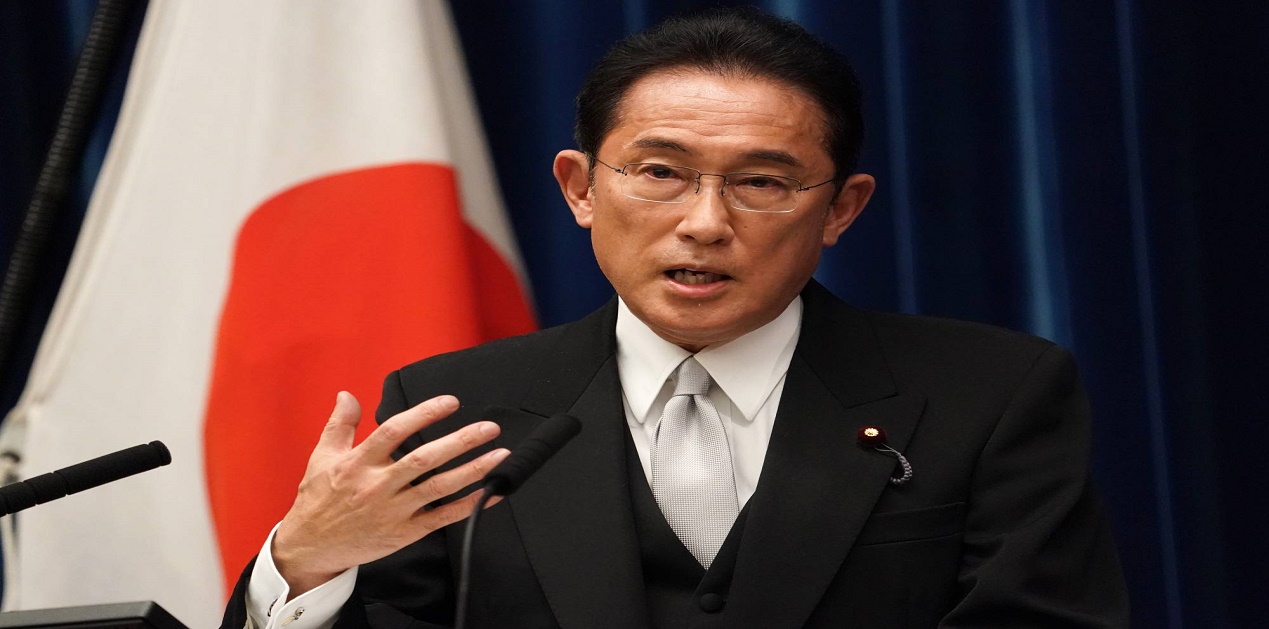


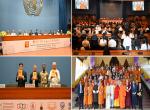
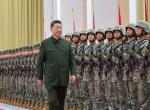
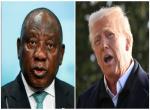

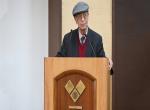
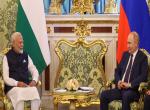
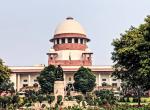
Post new comment